Where To Begin
Home » Where To Begin
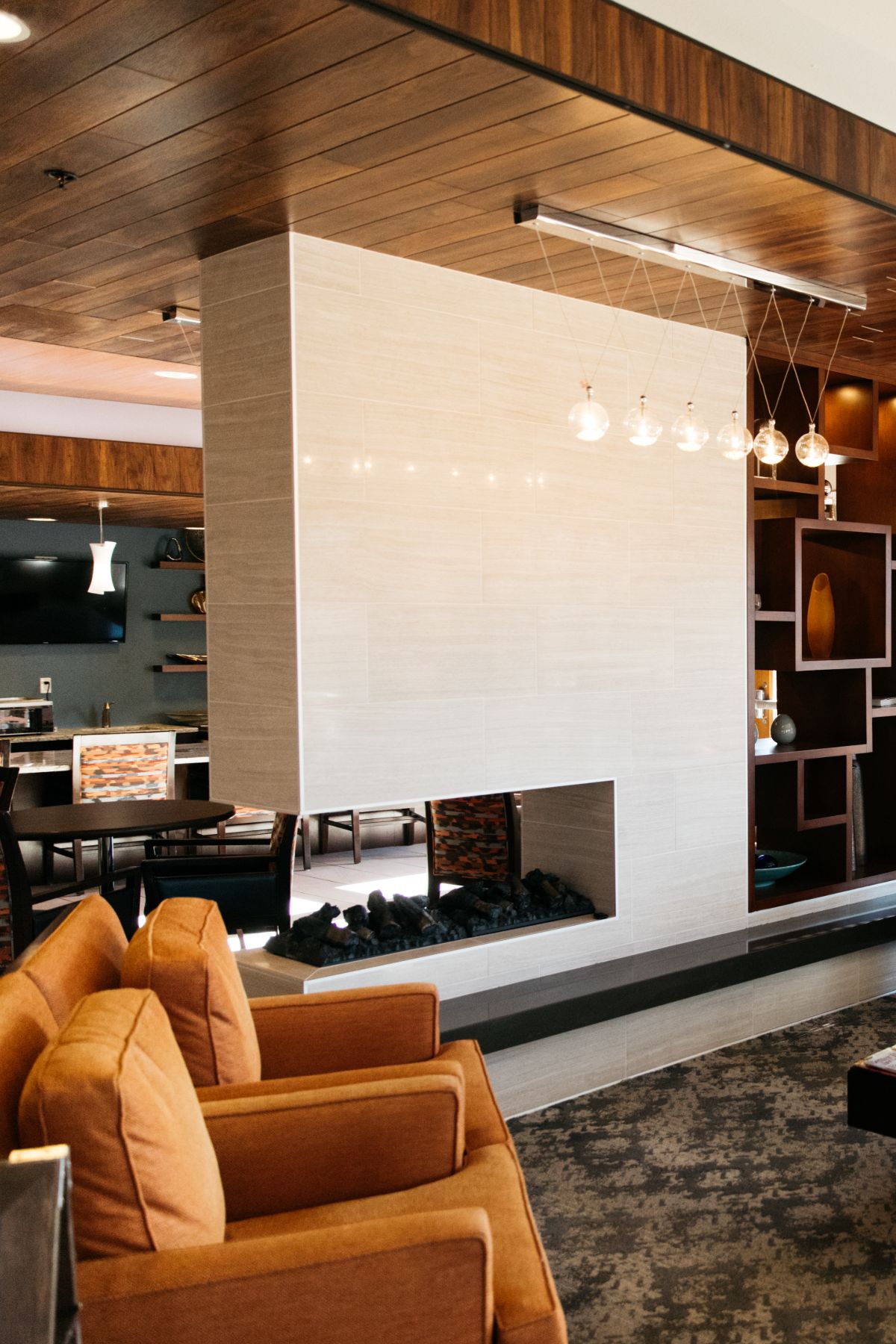
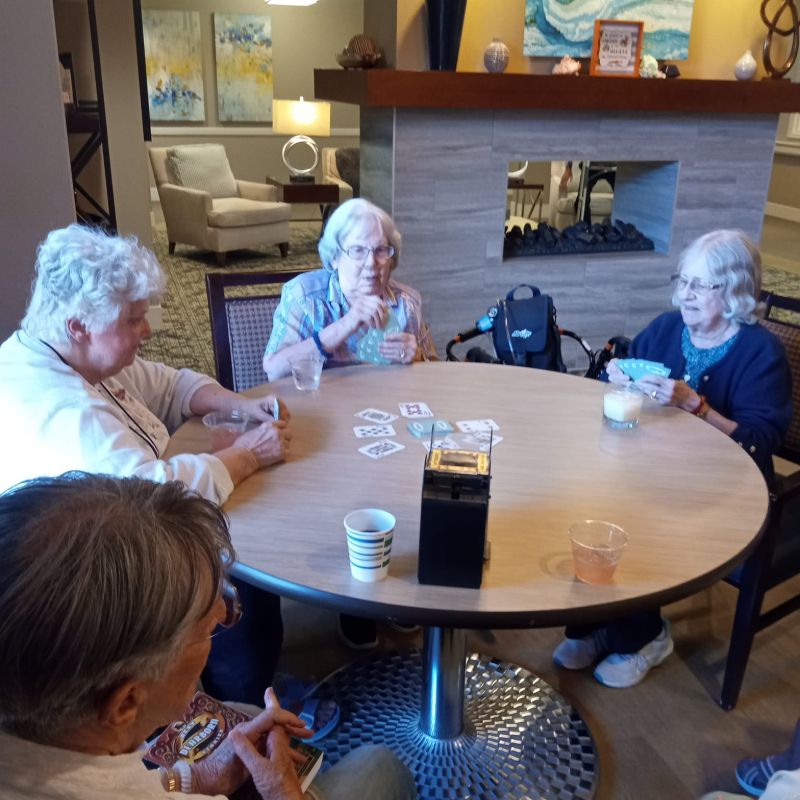
Where to Begin When Considering a Senior Living Community
When considering where to begin your senior living search, start by assessing your specific needs and preferences. Research the various care levels—such as HUD independent living, assisted living, long term care, and short term rehabilitation, and each offers varying support to meet the unique needs of older adults.
Your ideal community should have the appropriate levels of care, meet your financial ability, and align with your values—and it should be home. This page offers guidance as you begin your journey.
Start Here
Click on any of these sections to beginning your search for the right senior living community.
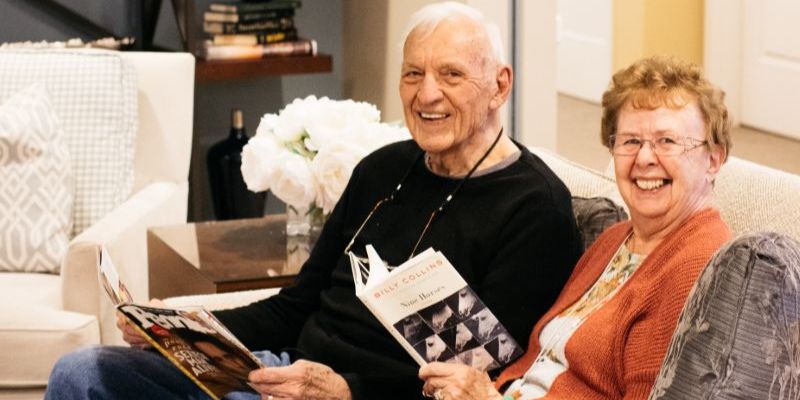
Benefits of a Continuing Care Community for Older Adults
Having a strong community can provide a sense of belonging and contribute to emotional well-being.
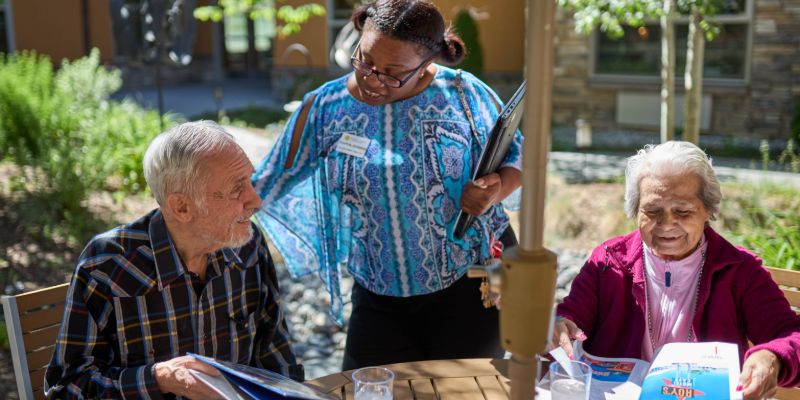
Understanding Living Options
This glossary of terms outlines the differences between the many senior living community living options.
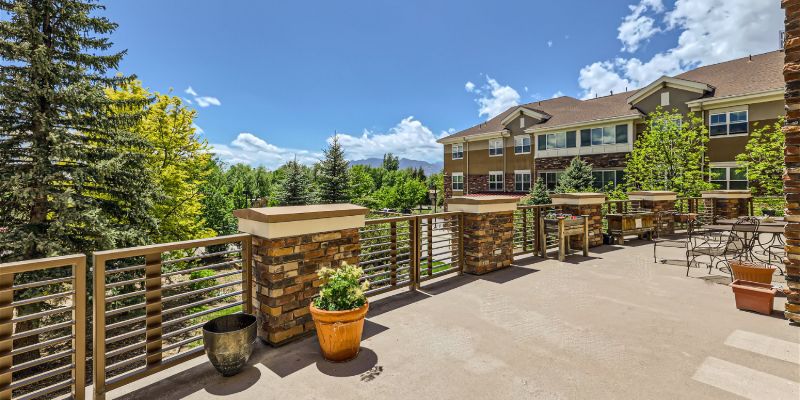
For-Profit vs Non-Profit Communities
Knowing the difference between for-profit and nonprofit can help you make an informed decision.

Cost of Senior Living
Costs can vary depending on location, type of community, level of care needed, amenities provided, and fee structures.
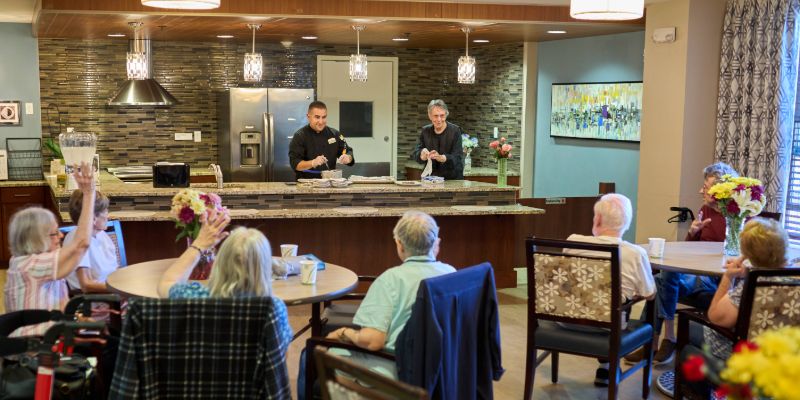
What to Expect When Moving
Participating in social activities and cultivating new friendships can help you adjust to your new community.

The Benefits of a Continuing Care Community for Older Adults
Continuing care communities offer many benefits that can greatly improve the lives of residents. One of the key advantages is the peace of mind knowing that individual needs change over time, allowing a resident to transition seamlessly between independent living, assisted living, or memory care. For example, if a resident needs short term rehab after surgery, they can stay on campus and be cared for by familiar staff, then return to their apartment when they are ready, instead of relocating to an unfamiliar rehab.
Community living for older adults provides a supportive and social environment that can help prevent feelings of isolation and loneliness. Residents may form meaningful connections with those who share similar life experiences, creating a sense of belonging and stability that can often develop into close friendships.
Other benefits of community living for older adults include safety and security, an array of amenities and services designed to enhance residents’ lifestyles. From social activities, to fitness classes and cultural events, these communities prioritize the overall well-being and active lifestyle for each resident. Even more, the availability of on-site healthcare and staff provides timely access to medical care.
By choosing a continuing care community, individuals can enjoy the benefits of a supportive, inclusive environment.

Understanding Different Living Options
The term “senior living community” can encompass a wide range of living options to suit an equally wide range of needs and preferences. This brief glossary of terms outlines the key differences:
- Assisted living provides a personalized level of care and support that is primarily focused on activities of daily living (ADLs).
- Memory care provides specialized care from trained professionals who understand the distinctive needs of those with memory impairment.
- Long-term care provides long-term, around-the-clock nursing care from licensed practical and registered nurses for older adults recovering from an injury or needing treatment for ongoing health conditions.
- Short-term rehabilitation provides occupational, physical, and speech therapies for older adults who are recovering from an illness or injury following a hospital stay, with the goal of helping them return to home as quickly as possible.
- Hud-subsidized Independent living provides older adults a fully independent lifestyle that offers maintenance-free, amenity-rich living, and opportunities to connect with peers.
Take the Assessment

For-Profit vs Non-Profit Communities
Non-profit senior living communities and for-profit communities have distinct differences in their organizational structures and missions. Non-profit senior living communities are driven by a social mission to provide high-quality care and services to older adults. These communities reinvest their earnings into enhancing resident experiences, making improvements to the community and fairly compensating team members. Their focus is on serving the residents and creating an inviting community at large rather than maximizing profits.
Benefits of a non-profit senior living community are:
- Mission Driven
- Board of Directors
- More Sources of funding
- More Individualized Care
- Innovative Programming
- Focus on Community
It’s essential to thoroughly research and consider the values and services provided by each type of community to make an informed decision that aligns with the needs and preferences of you or your loved one.

The Cost of Senior Living
Senior living costs can vary depending various factors, location, type of community, level of care needed, and amenities provided. Additionally, some senior living communities may have entry fees or other one-time costs. A good starting point is to consider the current costs of living at home and then compare that to a senior living community.
While the upfront costs of senior living communities may seem high, shared services and amenities may offer cost savings in the long run—not to mention the value and peace of mind senior living communities offer. They provide a supportive environment, a range of services, social engagement opportunities, and personalized care, all of which can contribute to overall well-being.
While it can be tough to put a number on your quality of life, we know that the cost is one of the most important factors when choosing a senior living community. Once you consider all the benefits and amenities, it might be more affordable than you think.
Take the Assessment

What to Expect When Moving to a Senior Living Community
Any move is a major life change, and moving to a senior living community is a significant life transition. It is normal to experience a range of emotions and adjustments. You may worry about losing your independence when moving to a senior living community, but communities such as Sunny Vista are designed to make the transition as smooth as possible.
Of course, as with any move, residents may have a period of adjustment, but rest assured the team will support you daily for the first two weeks until you feel more comfortable in your new home. There will be new routines and social dynamics to get used to, keeping the lines of communication open with community team members and fellow residents as you settle into your new home will offer you additional support. Participating in activities, events, and outings organized by the community can help ease the transition and build friendships.
These activities can also help combat feelings of isolation and promote mental and emotional well-being. Senior living communities can foster a sense of belonging and camaraderie among residents. Take advantage of this by interacting with peers who share similar interests and experiences.
Overall, transitioning to a senior living community can offer a supportive and fulfilling environment where you can enjoy the next chapter with peace of mind and a sense of community.
We Are Here to Help
When it’s time to consider a senior living community, be sure to self-educate on available options. You can do this through word of mouth, a web search, direct referrals from doctors or agencies—or simply by driving by a community. For more information on Sunny Vista in Colorado Springs, CO, contact us today.
